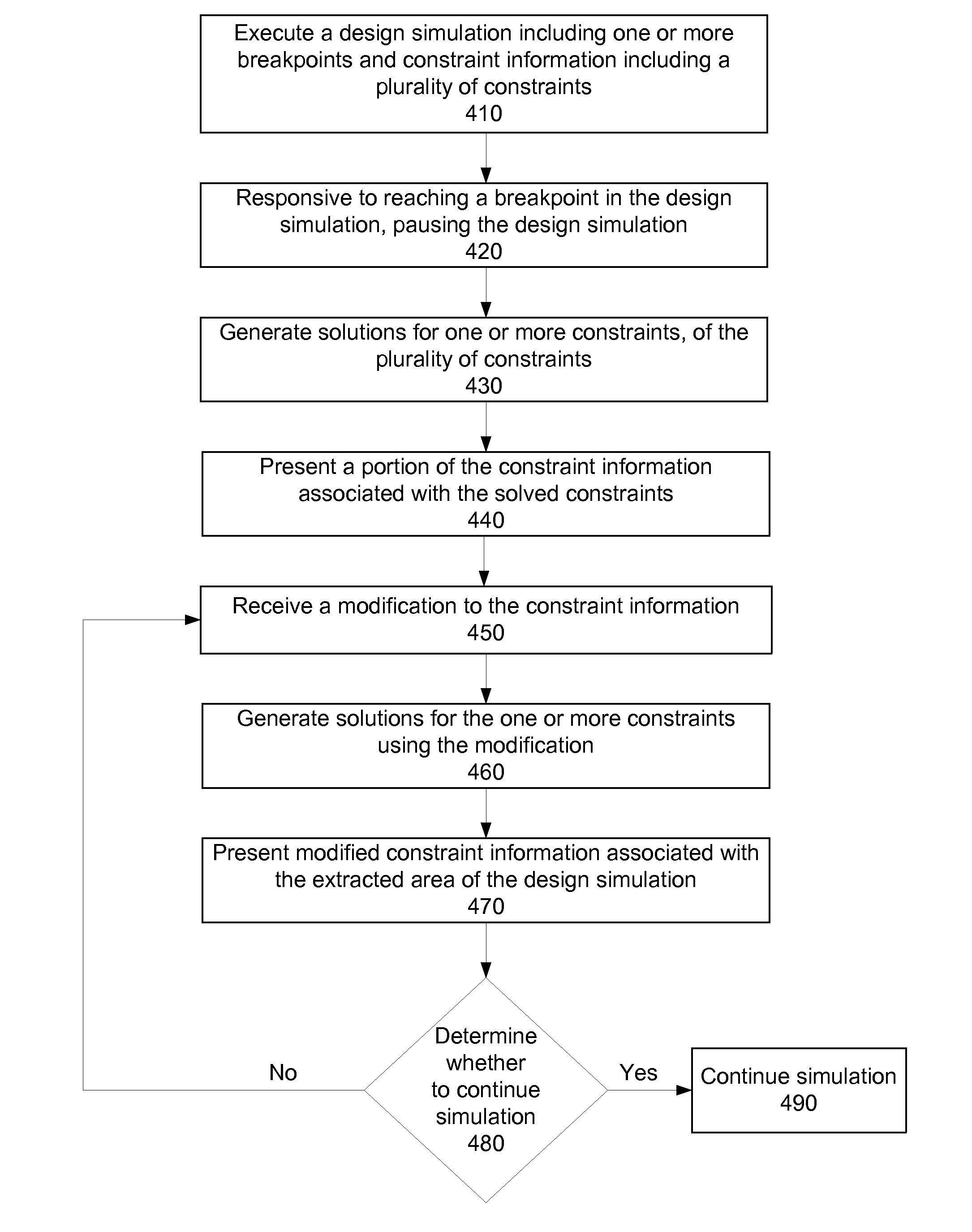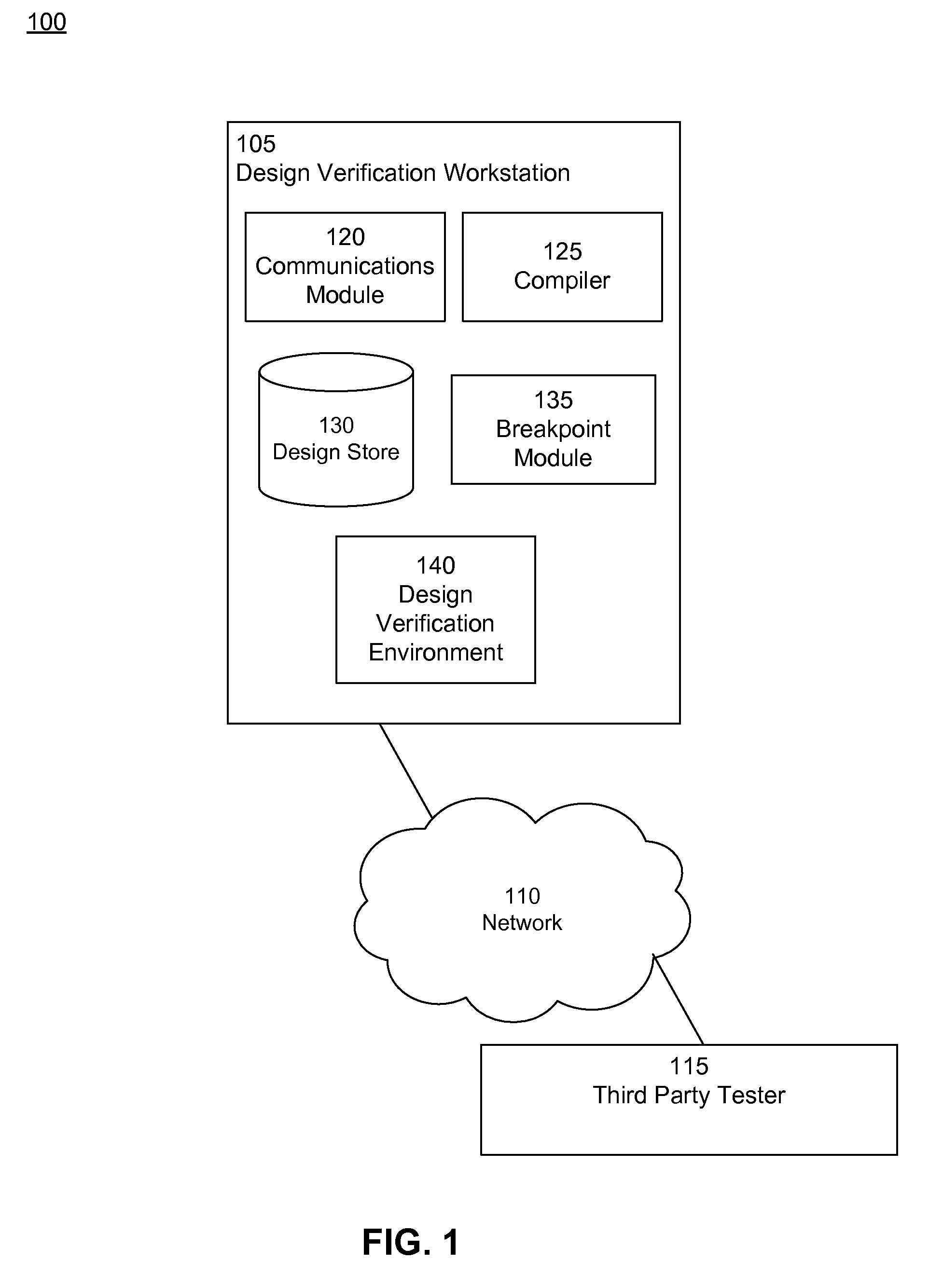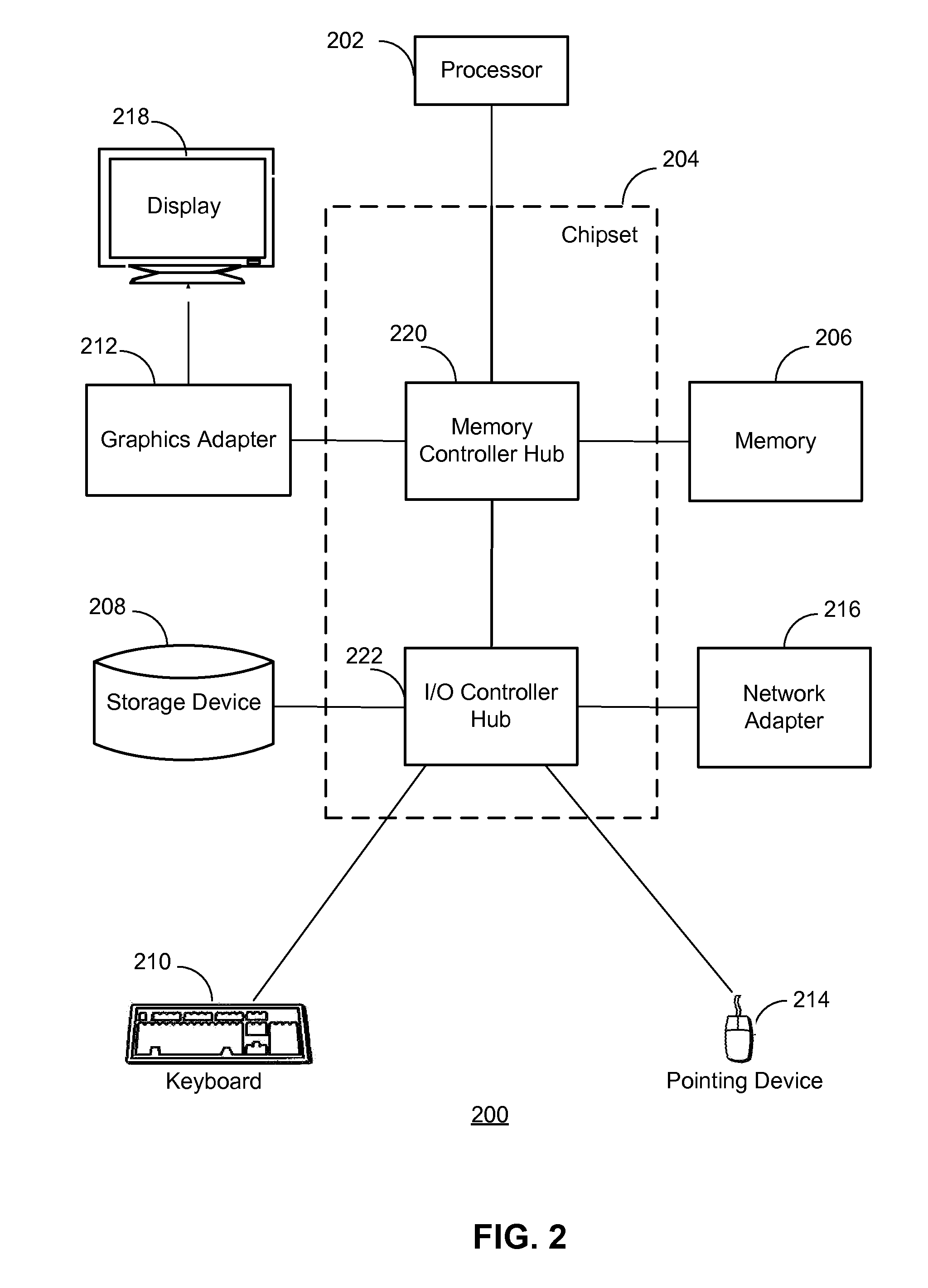Development and debug environment in a constrained random verification
a development environment and random verification technology, applied in the field of functional verification of the system of chip designs, can solve the problems of randomization failure, user confusion, and explosion of complexity of constraints, and achieve the effect of avoiding randomization failure, avoiding randomization failure, and avoiding randomization failur
- Summary
- Abstract
- Description
- Claims
- Application Information
AI Technical Summary
Benefits of technology
Problems solved by technology
Method used
Image
Examples
Embodiment Construction
[0016]The Figures (FIGS.) and the following description describe certain embodiments by way of illustration only. One skilled in the art will readily recognize from the following description that alternative embodiments of the structures and methods illustrated herein may be employed without departing from the principles described herein. Reference will now be made in detail to several embodiments, examples of which are illustrated in the accompanying figures. It is noted that wherever practicable similar or like reference numbers may be used in the figures and may indicate similar or like functionality.
[0017]A design verification workstation contains both debug and constraint solver capabilities during simulation of a design under test (DUT). A TestBench generates random stimulus as inputs to drive the simulation. The random stimuli encapsulate the environment surrounding DUT, and are described via a plurality of constraints. A constraint is an expression used to restrict the rando...
PUM
 Login to View More
Login to View More Abstract
Description
Claims
Application Information
 Login to View More
Login to View More - R&D
- Intellectual Property
- Life Sciences
- Materials
- Tech Scout
- Unparalleled Data Quality
- Higher Quality Content
- 60% Fewer Hallucinations
Browse by: Latest US Patents, China's latest patents, Technical Efficacy Thesaurus, Application Domain, Technology Topic, Popular Technical Reports.
© 2025 PatSnap. All rights reserved.Legal|Privacy policy|Modern Slavery Act Transparency Statement|Sitemap|About US| Contact US: help@patsnap.com



